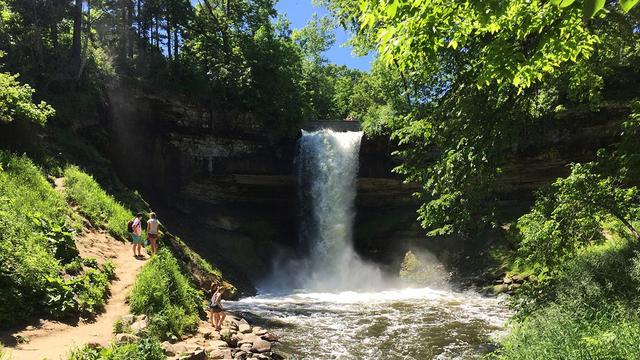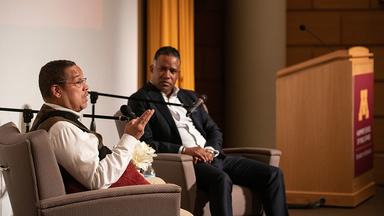In this era when cash-strapped local governments are spending less on some public services, nonprofit organizations are stepping in to help fill that funding shortfall.
New research findings by Humphrey School of Public Affairs faculty member Daniel Cheng looks at how that trend is changing relationships between local governments and nonprofits. As nonprofits raise more money to support public services, their role is no longer limited to just delivering and implementing those services. They now get involved in planning and designing public services.
Cheng, an assistant professor in the leadership and management area, focuses specifically on how this dynamic plays out in parks and recreation services in large American cities. He says it’s quite common to see a maintenance backlog in large park systems because of budget cuts.
“At the same time, we see the emergence of volunteer groups, 'friends' groups, that are set up to offset the government funding shortfall in these areas. They do things like cleanups and other tasks to help maintain the parks,” says Cheng. “These organizations become more prominent as government faces budget challenges. So this area is where we really see nonprofits taking more control. They play a very important role in mobilizing volunteer support, raising public dollars, and the like.”
Cheng found that when nonprofits start to take on more important roles, that influences local governments’ decisions to finance these services.
“Local governments begin to invest less in these services when nonprofits invest more. However, the total support for these services actually increases,” Cheng says.
He also found that in cities that have more budget constraints and therefore lower spending on parks and recreation services, “nonprofits are more likely to play a central role in terms of planning and designing park services.”
This work is important because it challenges the existing knowledge we have about government/nonprofit relationships, Cheng says. “The next question is: when nonprofits play these kinds of roles, do they result in a better quality of public services, or worse?”
Cheng’s paper, Nonprofit Spending and Government Provision of Public Services: Testing Theories of Government–Nonprofit Relationships, was recently published in Journal of Public Administration Research and Theory.


